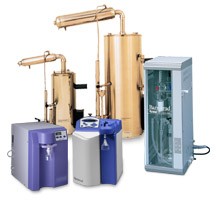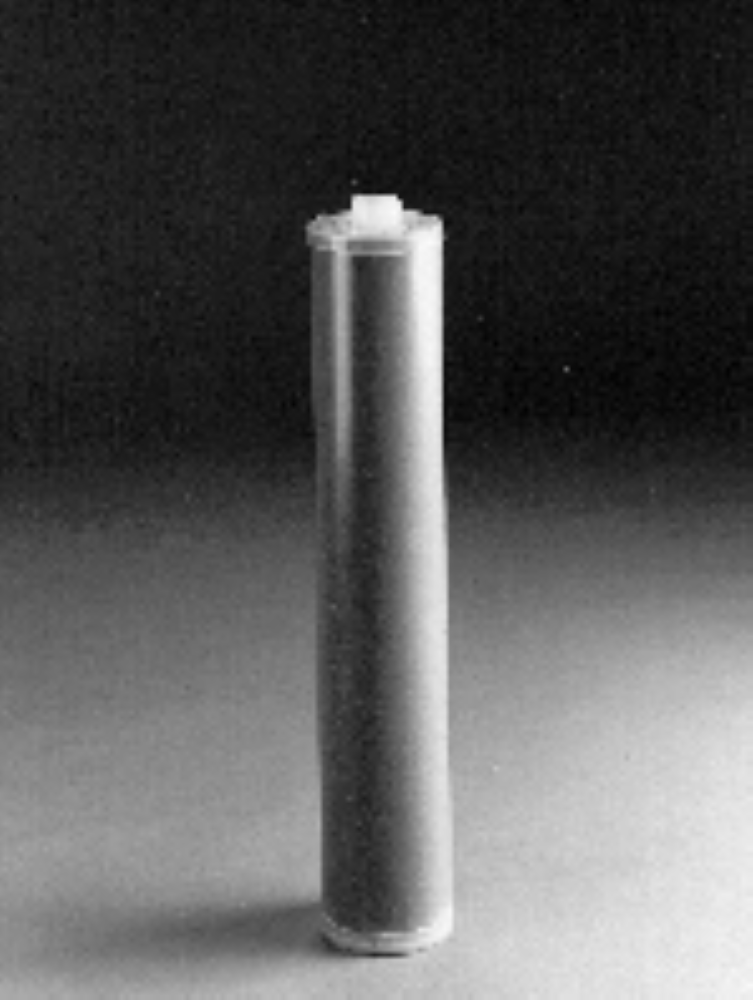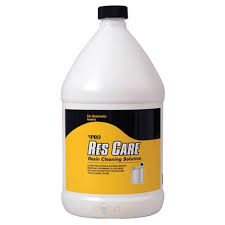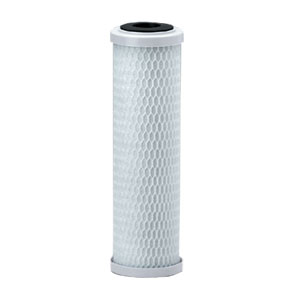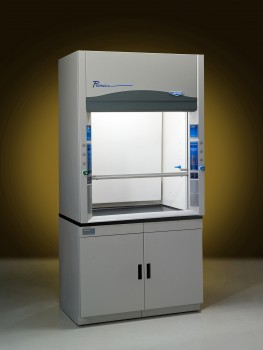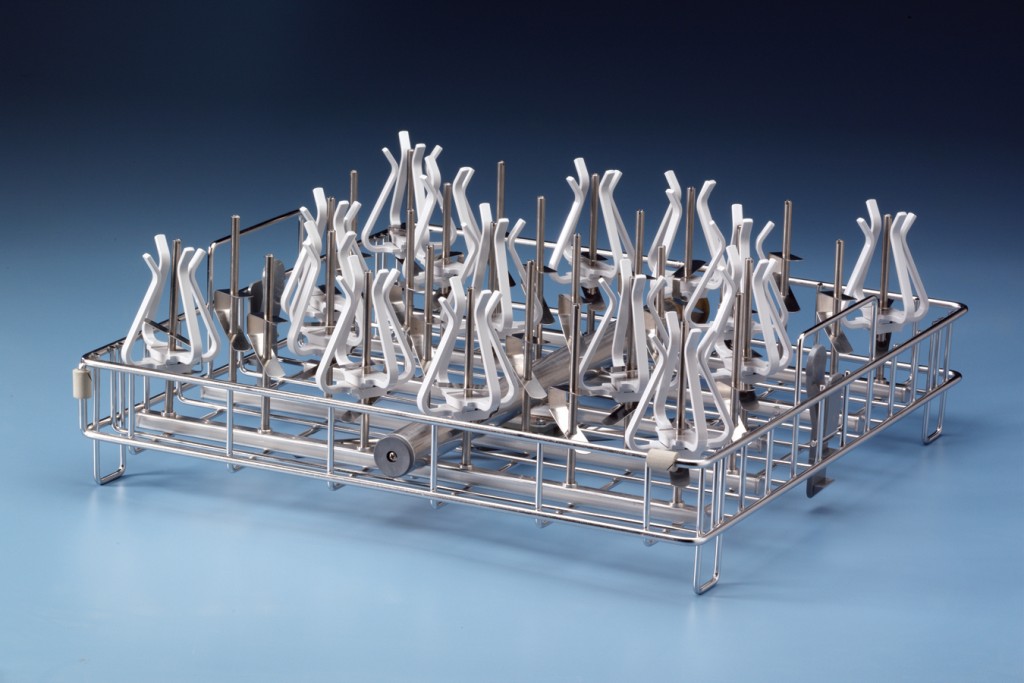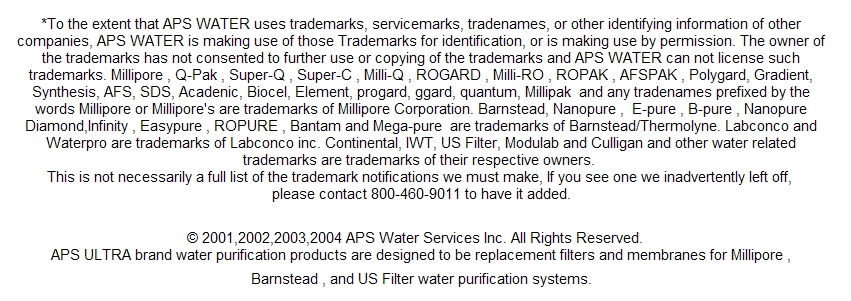Risks from Food and Water (Drinking and Recreational)
Contaminated food and water (1,2) (drinking [3] and recreational [4]) are common sources for the introduction of pathogens into the body. Among the more common infections that travelers can acquire from contaminated food and drink are Escherichia coli infections, shigellosis or bacillary dysentery, giardiasis, cryptosporidiosis, noroviruses, and hepatitis A. Other less common infectious disease risks for travelers include typhoid fever and other salmonelloses, cholera, rotavirus infections, and a variety of protozoan and helminthic parasites (other than those that cause giardiasis and cryptosporidiosis). Many infectious diseases transmitted through food consumption and drinking water can also be acquired directly through the fecal-oral route. Accidental consumption of recreational water from lakes, rivers, oceans, and inadequately treated swimming pools can spread these same diarrheal diseases as well as ear, eye, skin, respiratory, and neurologic infections.
Food
To avoid illness, travelers should be advised to select food with care. All raw food is subject to contamination. Particularly in areas where hygiene and sanitation are inadequate, the traveler should be advised to avoid salads, uncooked vegetables, and unpasteurized milk and milk products such as cheese, and to eat only food that has been cooked and is still hot or fruit that has been washed in clean water and then peeled by the traveler personally.
Undercooked and raw meat, fish, and shellfish can carry various intestinal pathogens. Cooked food that has been allowed to stand for several hours at ambient temperature can provide a fertile medium for bacterial growth or be recontaminated by food-handling techniques so should be thoroughly reheated before serving. Consumption of food and beverages obtained from street vendors has been associated with an increased risk of illness. Travelers should be advised that these recommendations also include eating eggs that have been thoroughly cooked, alone or in sauces, and washing their own hands or using hand gel with more than 60% alcohol prior to eating, after using the bathroom or changing diapers and after direct contact with preschool children, animals or any feces.
The easiest way to guarantee a safe food source for an infant younger than 6 months of age is to have the infant breastfeed. If the infant has already been weaned from the breast, formula prepared from commercial powder and boiled water is the safest and most practical food.
Cholera cases have occurred in people who ate crab brought back from Latin America by travelers (5). Travelers should be advised not to bring perishable seafood with them when they return to the United States from high-risk areas. Moreover, travelers may assume incorrectly that food and water aboard commercial aircraft are safe (6). Food and water may be obtained in the country of departure, where items may be contaminated.
Water
SWIMMING
A variety of infections (e.g., skin, ear, eye, respiratory, neurologic, and diarrheal infections) have been linked to wading or swimming in the ocean, freshwater lakes and rivers, and swimming pools, particularly if the swimmer’s head is sub-merged. Water may be contaminated by other swimmers and from sewage, animal waste, and wastewater run-off. Diarrhea and other serious waterborne infections can be spread when disease-causing organisms from human or animal feces are introduced into the water. Accidentally swallowing small amounts of fecally contaminated water can cause illness. Travelers should be warned to try to avoid swallowing water while engaging in aquatic activities. All travelers who have diarrhea should refrain from swimming to avoid contaminating recreational water.
Travelers who swim at freshwater or marine beaches should be advised to avoid swimming or wading 1) at beaches that may be contaminated with human sewage or animal feces (e.g., cattle, sheep, dogs); 2) near storm drains; 3) following heavy rainfall; 4) in freshwater streams, canals, and lakes in schistosomiasis-endemic areas of the Caribbean, South America, Africa, and Asia (see Map 4-11, Geographic distribution of schistosomiasis); 5) in bodies of water that may be contaminated with urine from animals infected with Leptospira; and 6) with open cuts or abrasions that might serve as entry points for pathogens. In certain areas where fatal primary amebic meningoencephalitis has occurred after swimming in warm freshwater lakes or rivers, thermally polluted areas around industrial complexes, and hot springs, travelers should avoid submerging the head and should wear nose plugs when entering untreated water to prevent water containing the pathogen from getting up the nose and causing infection.
Generally, for infectious disease prevention, pools that contain chlorinated water can be considered safe places to swim if the disinfectant levels and pH are properly maintained. However, some organisms are moderately (e.g., Giardia, hepatitis A, norovirus) to highly (i.e., Cryptosporidium) resistant to chlorine levels commonly found in chlorinated swimming pools, so travelers also should avoid swallowing chlorinated swimming pool water. Poorly maintained swimming pools or spas may not only spread disease from fellow swimmers but may allow amplification of environmental contaminants, such as Pseudomonas or Legionella, to levels that may cause disease (7). Travelers may choose to take test kits or strips to check pool chlorine and pH levels when traveling.
DRINKING
Water that has been adequately chlorinated according to the minimum recommended water treatment standards used in the United States will afford substantial protection against viral and bacterial waterborne diseases. However, chlorine treatment alone, as used in the routine disinfection of water, may not kill some enteric viruses and the parasitic organisms that cause giardiasis, amebiasis, and cryptosporidiosis. In areas where chlorinated tap water is not available or where hygiene and sanitation are poor, travelers should be advised that only the following may be safe to drink: beverages, such as tea and coffee, made with boiled water, canned or unopened bottled beverages, including water, carbonated mineral water, soft drinks, beer, and wine.
Where water might be contaminated, travelers should be advised that ice should also be considered contaminated and should not be used in beverages. If ice has been in contact with containers used for drinking, travelers should be advised to clean the containers thoroughly, preferably with soap and hot water, after the ice has been discarded.
It is safer to drink a beverage directly from the can or bottle than from a questionable container. However, water on the outside of beverage cans or bottles may also be contaminated. Therefore, travelers should be advised to dry wet cans or bottles before they are opened and to wipe clean surfaces with which the mouth will have direct contact. Where water may be contaminated, travelers should be advised to avoid brushing their teeth with tap water and that locally prepared fruit juice may also contain tap water.
Treatment of Drinking Water
Travelers should be advised of the following methods for treating water to make it safe for drinking and other purposes (8).
Boiling
Boiling is by far the most reliable method to make water of uncertain purity safe for drinking. Water should be brought to a vigorous rolling boil for 1 minute and allowed to cool to room temperature; ice should not be added. This procedure will kill all common waterborne pathogens. Adding a pinch of salt to each quart or pouring the water several times from one clean container to another will improve the taste.
Chemical Disinfection
Chlorine, in various forms, can also be used for chemical disinfection. However, its germicidal activity varies greatly with the pH, temperature, and organic content of the water to be purified; therefore, it can produce less consistent levels of disinfection depending on the water quality (e.g., turbid water). In addition, some forms of chlorine disinfectant may not be stable through long-term storage or at high temperatures.
Chemical disinfection with iodine, which is not as sensitive as chlorine to pH shifts, is an alternative method of water treatment when it is not feasible to boil water. However, using iodine cannot be relied on to kill Cryptosporidium. Cloudy water should be strained through a clean cloth into a container to remove any sediment or floating matter, and then the water should be treated with iodine. Two well-tested methods for disinfection with iodine are the use of tincture of iodine (Table 2-2) and tetraglycine hydroperiodide tablets (e.g., Globaline, Potable-Aqua, or Coghlan’s). These tablets are available from pharmacies and sporting goods stores. The manufacturer’s instructions should be followed. If water is cloudy, the number of tablets used should be doubled; if water is extremely cold (<41°F), an attempt should be made to warm the water, and the recommended contact time should be increased to achieve reliable disinfection. Iodine treatment of water is intended for short-term use only to avoid over exposure to iodine (9). When the only water available is iodine treated, it should be used for only a few weeks.
Water Filters
Portable filters currently on the market will provide various degrees of protection against microbes but are generally meant to be used in conjunction with disinfection for greatest protection from pathogens. Reverse-osmosis filters provide protection against viruses, bacteria, and protozoa, but they are expensive and larger than most filters used by backpackers, and the small pores on this type of filter are rapidly plugged by muddy or cloudy water. In addition, the membranes in some filters can be damaged by chlorine in water. Microstrainer filters with pore sizes in the 0.1- to 0.3-µm range can remove bacteria and protozoa from drinking water, but they do not remove viruses. To kill viruses, travelers using microstrainer filters should be advised to disinfect the water with iodine or chlorine after filtration, as described previously. Some filtration kits come with an additional filter effective against viruses. Protozoa can be highly (Cryptosporidium) to moderately (Giardia) resistant to halogen treatment, particularly in cold or turbid water. As a result, filtration or boiling should be considered as a safer alternative to chemical disinfection. A travelers’ guide to buying water filters for preventing cryptosporidiosis and giardiasis can be found at URL: http://www.cdc.gov/ncidod/dpd/parasites/cryptosporidiosis/factsht_crypto_prevent_water.htm. Increased protection can be obtained by using a filter that removes Giardia and Cryptosporidium that is combined with an iodine-impregnated resin which is more effective against bacteria and some viruses.
Filters that are designed to remove Cryptosporidium and Giardia carry one of the four messages below—verbatim—on the package label.
Reverse Osmosis
Absolute pore size of ≤1 micron
Tested and certified by NSF International (formerly the National Sanitation Foundation) Standard 53 or NSF Standard 58 for cyst removal
Tested and certified by NSF Standard 53 or NSF Standard 58 for cyst reduction Filters may not be designed to remove Cryptosporidium and Giardia if they are labeled only with these words:
Nominal pore size of ≤1 micron
One-micron filter
Effective against Giardia
Effective against parasites
Carbon filter
Water purifier
Environmental Protection Agency (EPA)-approved (Caution: EPA does not approve or test filters.)
EPA-registered (Caution: EPA does not register filters for Cryptosporidium removal)
Activated carbon
Removes chlorine
Ultraviolet light
Pentiodide resins
Water softener
Filters collect organisms from water. Anyone changing cartridges should wash hands afterwards. Filters may not remove Cryptosporidium as well as boiling does, because even good brands of filters may sometimes have manufacturing flaws that allow small numbers of organisms to pass through the filter. In addition, poor filter maintenance or failure to replace filter cartridges as recommended by the manufacturer can cause a filter to fail.
Proper selection, operation, care, and maintenance of water filters are essential to producing safe water. The manufacturers’ instructions should be followed. NSF International, an independent testing company, tests and certifies water filters for their ability to remove protozoa, but not for their ability to remove bacteria or viruses. Few published scientific reports have evaluated the efficacy of specific brands or models of filters against bacteria and viruses in water (10). Until such information becomes available, CDC cannot identify which specific brands or models of filters are most likely to remove bacteria and viruses. To find out if a particular filter is certified to remove Cryptosporidium, contact NSF International by calling 1-877-867-3435; by fax to 313-769-0109; or by writing to 789 North Dixboro Road, P.O. Box 130140, Ann Arbor, Michigan 48113-0140; or online at http://www.NSF.org/certified/DWTU/. Under “Reduction claims for drinking water treatment units—health effects,” check the box in front of the words “Cyst Reduction.”
As a last resort, if no source of safe drinking water is available or can be obtained, tap water that is uncomfortably hot to touch might be safer than cold tap water; however, proper disinfection and filtering, or boiling is still advised.
Treatment of water with tincture of iodine
TINCTURE OF IODINE
DROPS TO BE ADDED PER QUART OR LITER CLEAR WATER
2% solution
COLD : 5 Drops
CLOUDY WATER : 10 Drops
1 One drop – 0.05 mL. Water must stand for a minimum of 30 minutes before it is safe to use.
2 Very turbid or cold water can require prolonged contact time; if possible, such water should be allowed to stand several hours before use.
References
Cartwright RY. Food and waterborne infections associated with package holidays. J Appl Microbiol 2003;94:12S-24S.
Slifko TR, Smith HV, Rose JB. Emerging parasite zoonoses associated with water and food. Int J Parasitol. 2000;30:1379-93.
Blackburn BG, Craun GF, Yoder JS, Hill V, Calderon RL, Chen N, et al. Surveillance for waterborne-disease outbreaks associated with drinking water—United States, 2001-2002. MMWR Surveill Summ. 2004;53:23-45.
Yoder JS, Blackburn BG, Craun GF, Hill V, Levy DA, Chen N, et al. Surveillance for recreational water-associated outbreaks—United States, 2001-2002. MMWR Surveill Summ. 2004;53:1-22.
Finelli L, Swerdlow D, Mertz K, Ragazzoni H, Spitalny K. Outbreak of cholera associated with crab brought from an area with epidemic disease. J Infect Dis. 1992;166:1433-5.
Eberhart-Phillips J, Besser RE, Tormey MP, Koo D, Feikin D, Araneta MR,et al.. An outbreak of cholera from food served on an international aircraft. Epidemiol Infect. 1996;116:9-13.
Cartwright RY, Colbourne JS. Cryptosporidiosis and hotel swimming pools-a multifaceted challenge. Wat Sci Technol 2002;2:4754.
Backer H. Water disinfection for international and wilderness travelers. Clin Infect Dis. 2002;34:355-64.
Goodyer L, Behrens RH. Safety of iodine based water sterilization for travelers. J Trav Med. 2000;7:38.
Schlosser O, Robert C, Bourderioux C, Rey M, de Roubin MR. Bacterial removal from inexpensive potable water treatment systems for travelers. J Trav Med. 2001;8:12-8.
http://wwwn.cdc.gov/travel/yellowBookCh2-FoodWaterRisks.aspx
|
